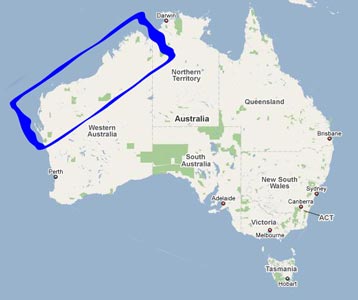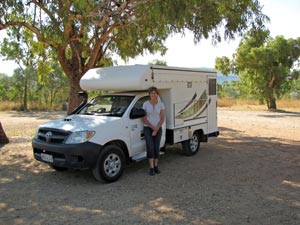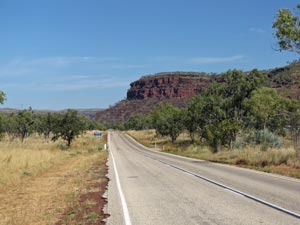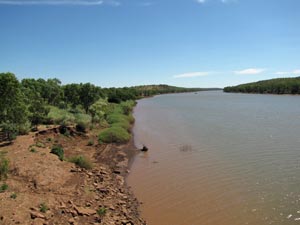The Kimberley Plateau is an ancient landscape of savannah woodlands, cut by rugged ranges and riverbeds that are virtually dry for half the year and drain the massive volumes of wet season rains for the rest of the year. Consequently, if you want to travel into the heart of the Kimberley, you do so in the dry season (May-November). The plateau stretches across the north-western corner of Australia and is crossed by two roads, one sealed and one dirt. To really appreciate the Kimberley, you need to get onto the dirt and that means four-wheel drive. Further south, lies the even more ancient landscapes of the Pilbara. This is a region of rounded red grass-covered hills and deep gorges, so rich in iron that its massive mines are the major supplier for the insatiable factories of China, yet so immense that the mines vanish into aridly beautiful landscapes. To the west lies the coast, even more arid, yet having that special beauty of stark contrasts between sea and land. As well, here lies Ningaloo, a long fringing coral reef that is home to a host of marine birds and mammals and fish, from the smallest tropical species hiding in coral to the great whale shark cruising the deep blue depths beyond.
This is a part of Australia that we have always wanted to visit and it has only taken the best part of six decades to do it, so join us in our 4WD campervan as we explore the landscapes, rivers, gorges and coastlines of the great northwest, by vehicle, canoe and (the only real way) on foot.





